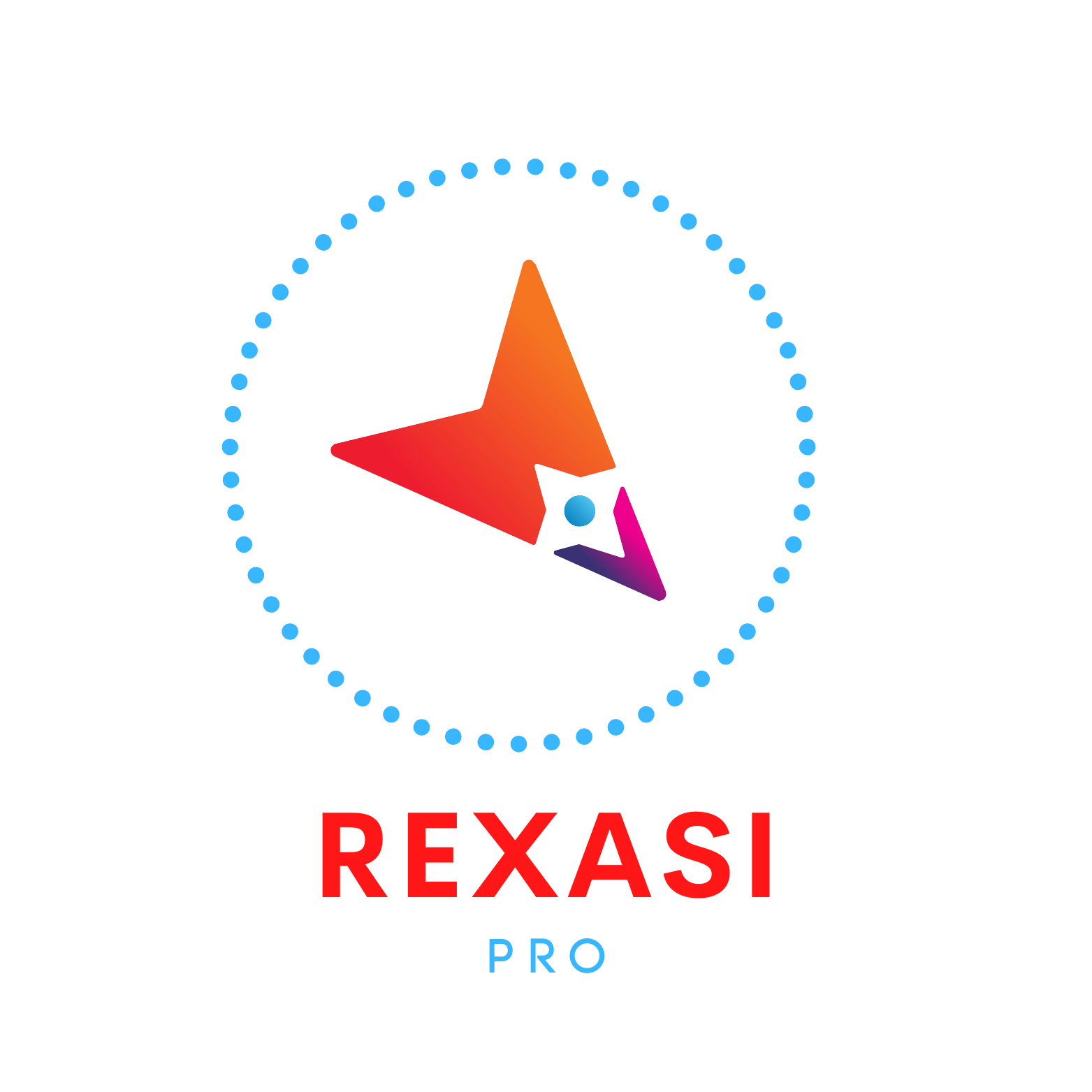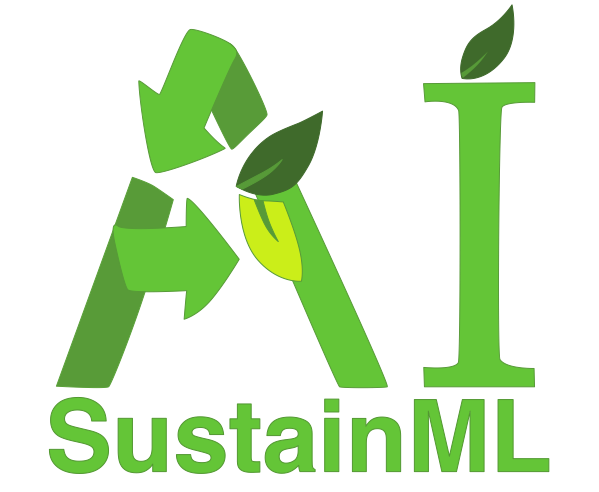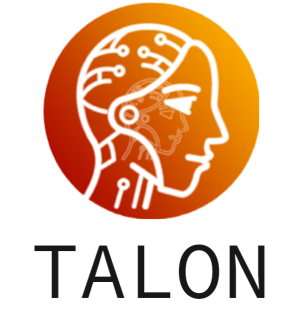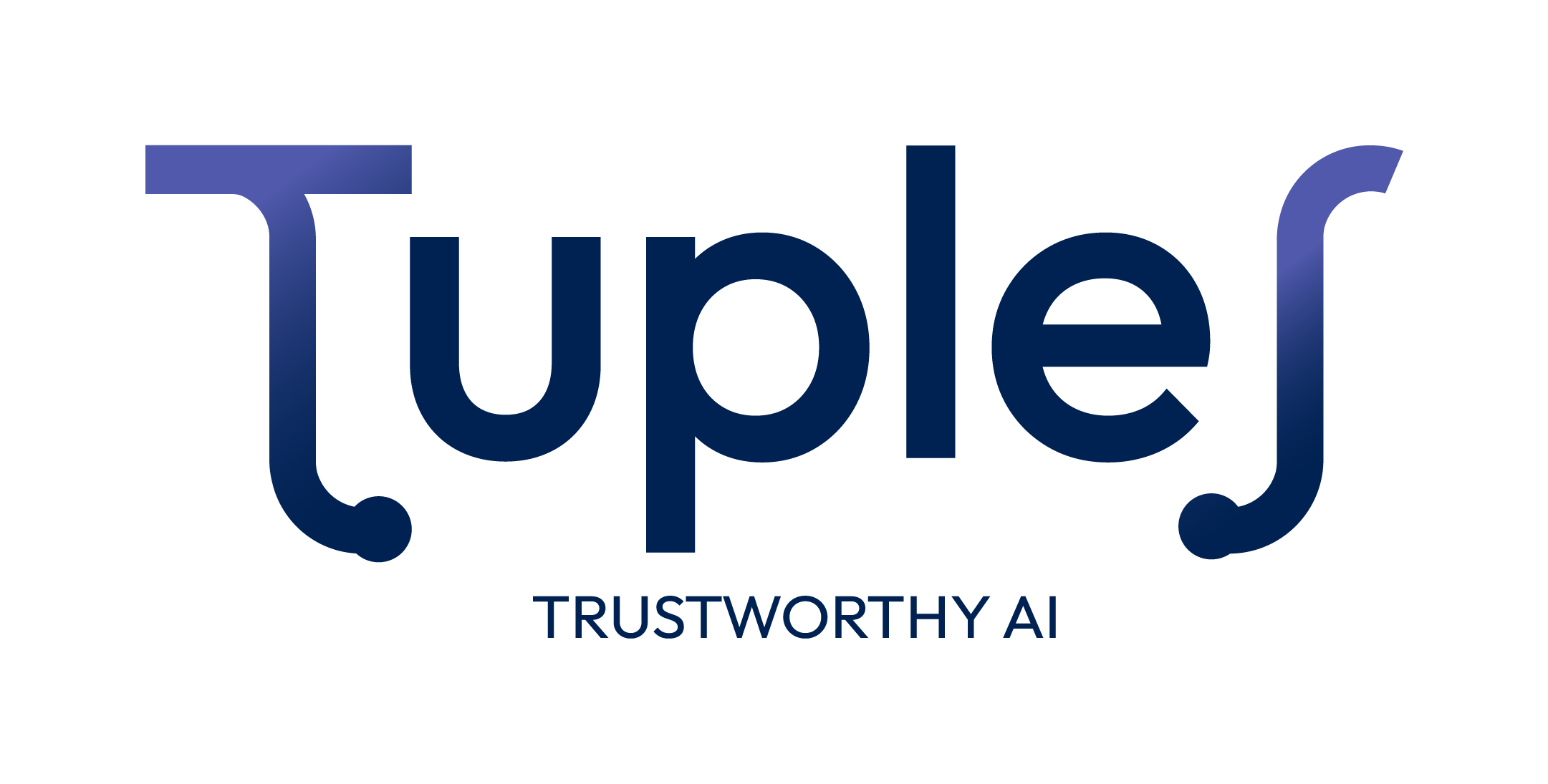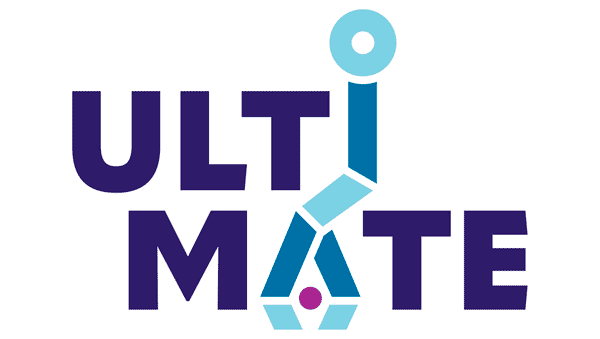
trustworthy ai cluster
HORIZON-CLA-2021-HUMAN-01 is the call of the European Commission under which nine projects were funded. During these projects solid scientific developments will be complemented, by tools and processes for design, testing and validation, certification, software engineering methodologies, as well as approaches to modularity and interoperability, aimed at real-world applications. The funded projects propose standardisation methods to foster AI industry, helping to create, and guarantee trustworthy and ethical AI, and in support of the Commission regulatory framework.
The funded projects are focus on advancing the state of the art in one of the major research areas below:
– Novel or promising learning as well as symbolic and hybrid approaches. The objective is to advance “intelligence” and autonomy of AI-based systems, essential to scale-up deployment, in solving a wider set of more complex problems, adapting to new situations (making them “smarter”, more accurate, robust, dependable, versatile, reliable, secured, safer, etc.), and addressing real-time performance requirements, where relevant, for both robotics and non-embodied AI systems.
– Advanced transparency in AI, including advances in explainability, in transparency investigating novel or improved approaches increasing users’ understanding of AI system behaviour, and therefore increasing trust in such systems.
– Greener AI, increasing data and energy efficiency. This covers research towards lighter, less data-intensive and energy-consuming models, optimised learning processes to require less input (data efficient AI), or optimised models, data augmentation, synthetic data, transfer learning, one-shot learning, continuous / lifelong learning, and optimised architectures for energy-efficient hardware, framework that optimises calculations for energy reduction in big data analytics.
– Advances in edge AI networks, bringing intelligence near sensors, in embedded systems with limited computational, storage and communication resources, as well as the integration of advanced and adaptive sensors and perception, but also optimising edge vs cloud AI to maximise the capabilities of the overall system (both globally and for individual users).
– Complex systems & socially aware AI: able to anticipate and cope with the consequences of complex network effects in large scale mixed communities of humans and AI systems interacting over various temporal and spatial scales. This includes the ability to balance requirements related to individual users and the common good and societal concerns, including sustainability, non-discrimination, equity, diversity etc.
Under this call, the following projects were funded, including EVENFLOW:




